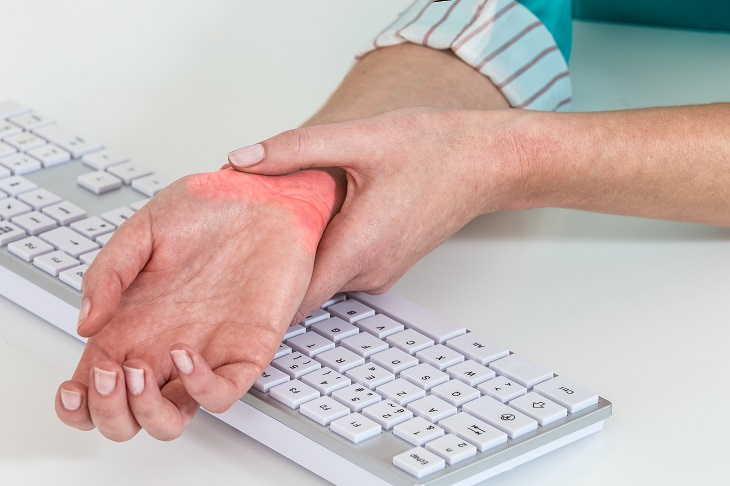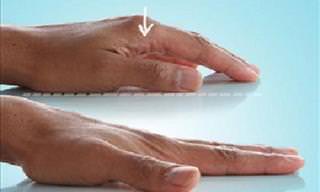If you ever experienced numbness in your hands and fingers as you fell asleep it might be an early sign of carpal tunnel syndrome, which affects an estimated 4-10 million Americans. If ignored it can cause long-term damage, so it's really important to take preventive measures against it. Here are six effective ways to treat numbness in hands, which we recommend you give a try as soon as you experience the early signs of carpal tunnel syndrome. But first, let's take a look at what carpal tunnel syndrome is.
Carpal tunnel syndrome is also known as a median nerve compression. The first symptoms that occur are numbness and tingling in the hands and wrists at night. As the condition progresses, the symptoms may worsen during the day. Furthermore, carpal tunnel syndrome is more common among women than men and is more likely to affect middle-aged people. Here's what you can do about it:
1. Take frequent breaks
Carpal tunnel symptoms are especially evident among people whose jobs require a lot of repetitive motion in their hands and wrists. Your hands need regular breaks between working sessions, so be sure to set a reminder every two to three hours and do a little exercise.
2. Keep wrists straight while working
There is a positive association between wrist posture and carpal tunnel syndrome, studies show. Adjust your chair so that your forearms are level with your keyboard and try to keep your wrists in a neutral position without bending them.

3. Consider wearing a wrist splint
Wearing a splint will hold your wrist in a neutral position. It is especially important to wear one if you do a lot of typing or while sleeping at night, so wearing a wrist splint can make a significant difference.
4. Do wrist exercises
Focus on exercises that will stretch the muscles surrounding the wrists to help ensure that the tendons that pass through the carpal tunnel stay in good shape. Include a variety of stretches, bending, and flexing your wrists when doing these exercises.

5. Use correct posture
Using correct posture while working is important for more than just your back. If you succumb to poor posture on a regular basis, your shoulder nerves tend to be compressed, which ultimately affects your wrists and hands. Make sure that you sit with your back straight and your feet flat on the floor.
6. Ice your wrists
Ice will help relieve the pain in your wrists and hands. So ice your wrist or soak it in an ice bath for 5 to 10 minutes. While it won't prevent carpal tunnel syndrome, it will alleviate the pain that it causes.
 Go to BabaMail
Go to BabaMail



























